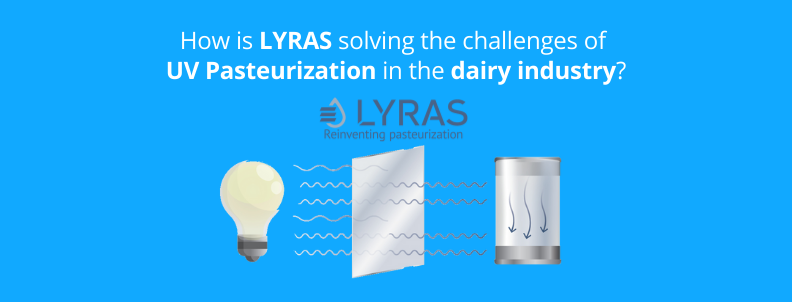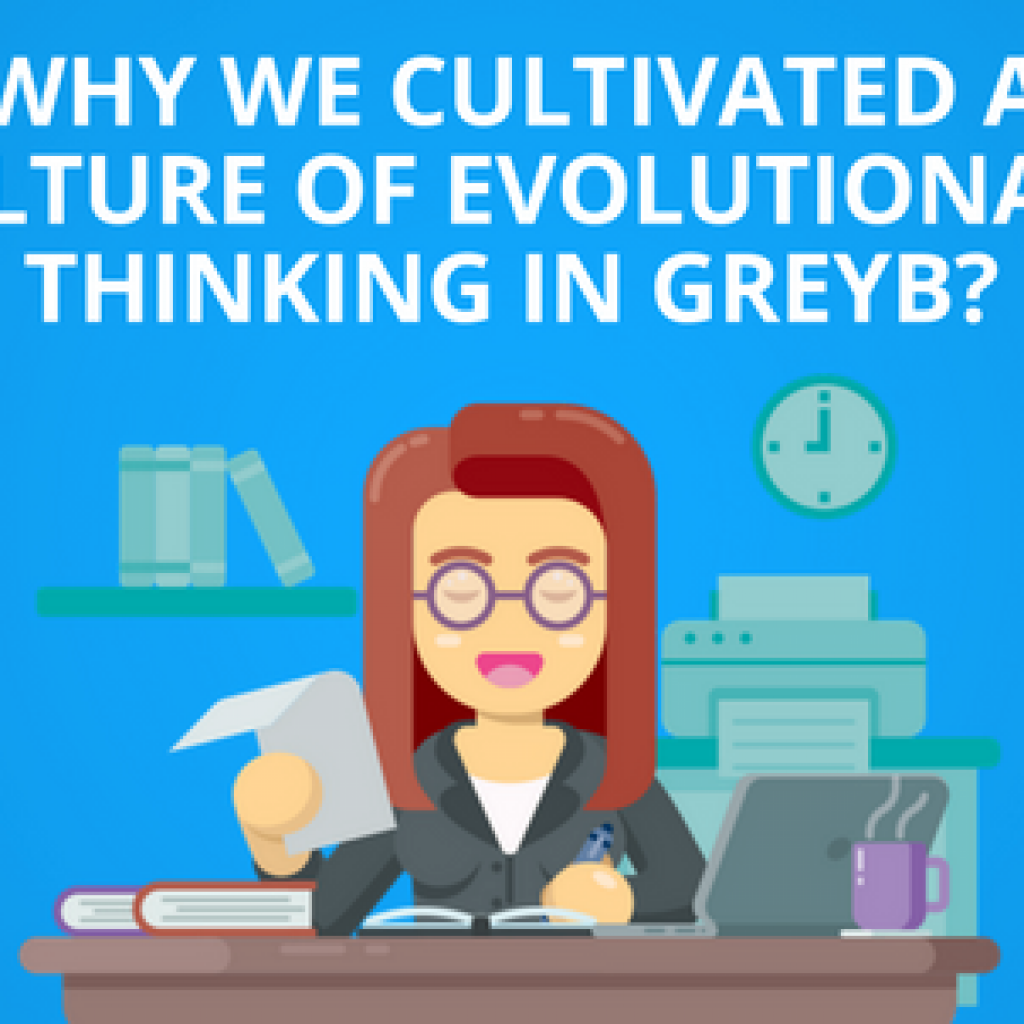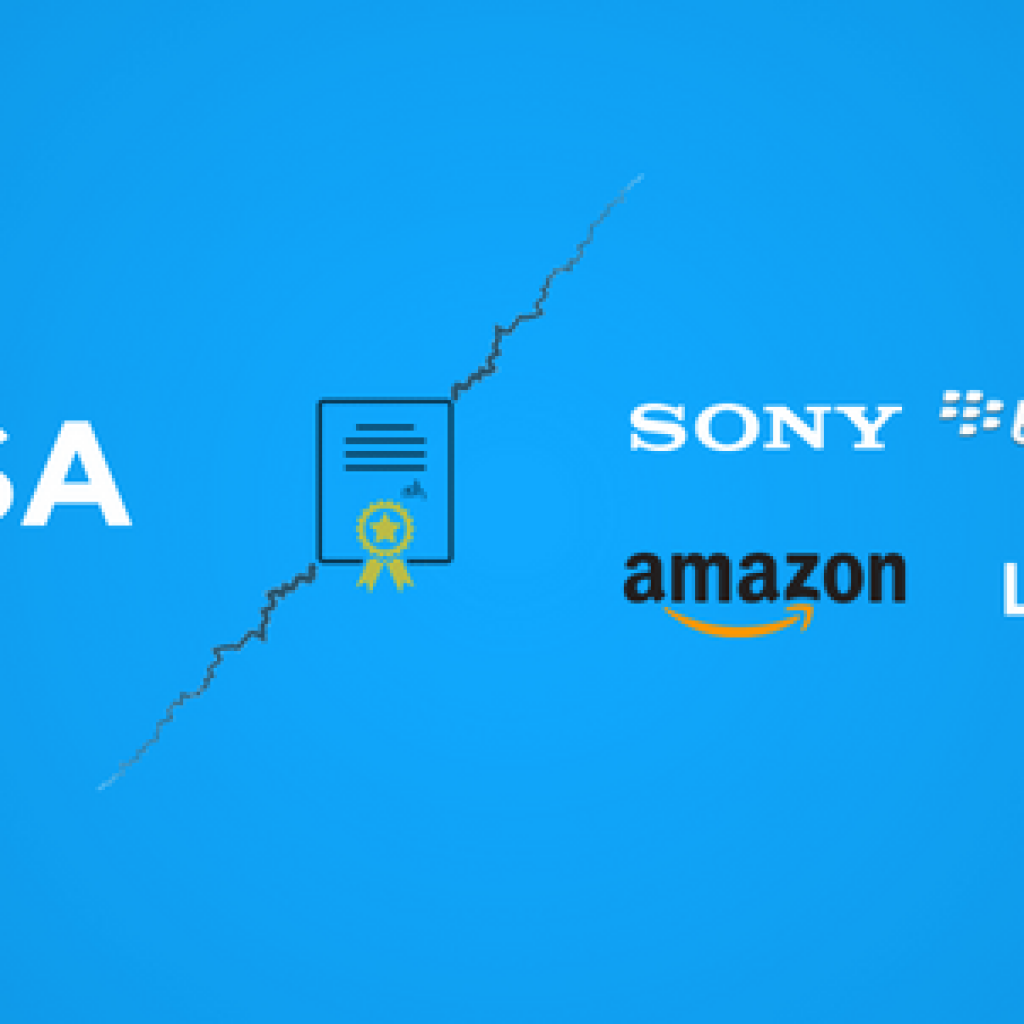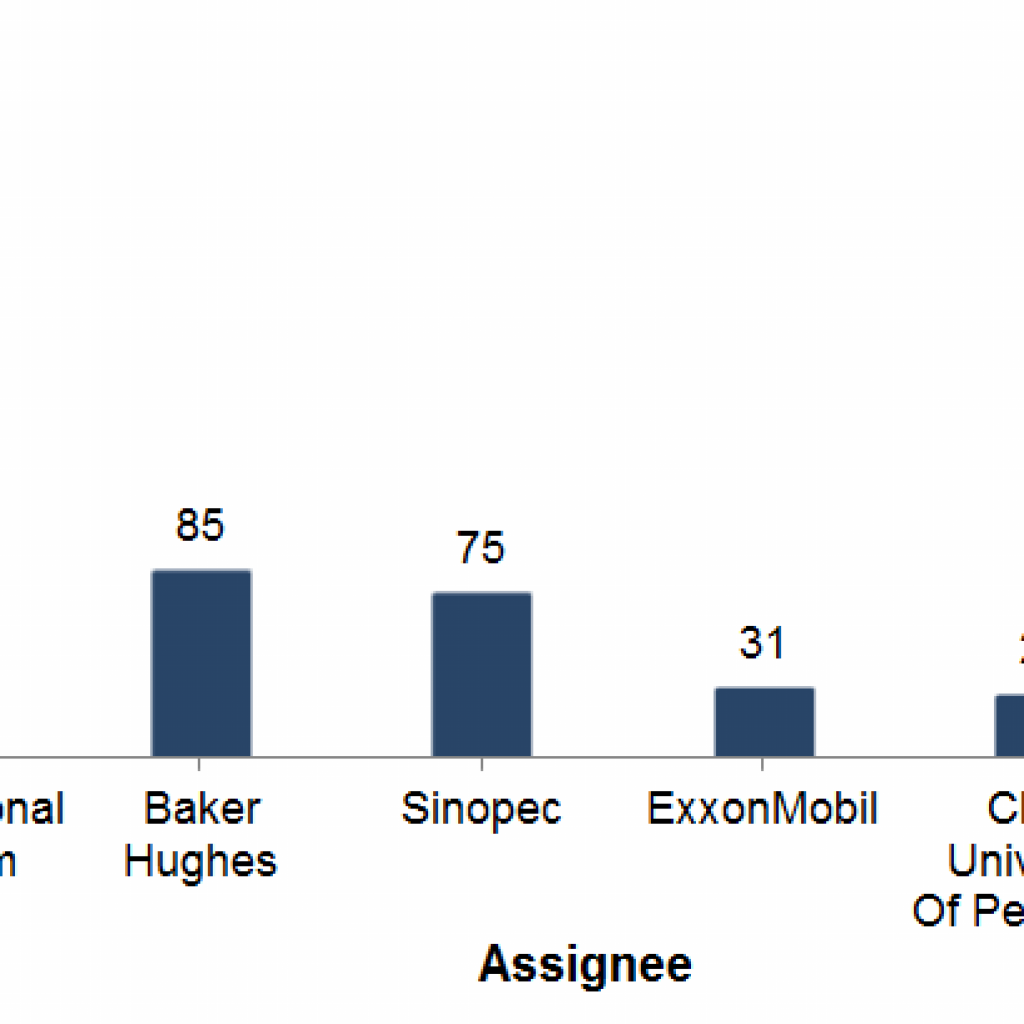Thermal Processing has been the traditional decontamination method for years to ensure food safety. However, recent years have witnessed the use of UV lights to improve food life and eliminate the complex production process in thermal processing.
“UV Pasteurization technology has a lower environmental impact than traditional pasteurization while also cutting food waste and delivering on safety and nutrition.”
– Chief Commercial Officer LYRAS
But UV Pasteurization comes with its own set of challenges, especially for the dairy industry. The real deal of using UV rays for pasteurization lies with the selection of the right wavelength and keeping a check on the product oxidation.
Let’s have a look at the problems that exist with UV Pasteurization of Dairy products.
Challenges faced in UV Pasteurization of Dairy products
Dairy products are light-sensitive. Hence, figuring out suitable UV doses which reduce microbial growth without causing various defects is grueling. Some of the major challenges faced in UV pasteurization of dairy products are:
- UV light was observed to increase the oxidation of unsaturated fatty acid residues in the milk. This consequently resulted in an off-flavor that is not at all desirable and was a huge setback.
- Degradation or modification of proteins by UV light has been another challenge. As a result of protein modification, properties such as solubility, sensitivity to heat, and mechanical properties were hampered.
- UV pasteurization is known to disinfect drinking and processing water but due to the poor penetration depth of light, it places a restriction on opaque fluids. Hence, becoming less efficient on micro-organisms.
- Dissolved solids, suspended particles, organic solutes, fat globules, and proteins shield the microorganisms from the effects of UV radiation.
The first-hand answer to some of the above challenges might be increasing the time or the dosage of UV light but, this again brings us to the first point i.e. increased milk oxidation- and that is a big no-no.
So how did LYRAS solve the problems of UV Pasteurization and why is it such a hit?
UV light has been known for more than 100 years but successful UV pasteurization of opaque liquids hasn’t been possible until now. Replacing heat with UV light created the possibility to reinvent pasteurization. We call this new method Cold Pasteurization and LYRAS new technology claims to be able to reduce biological contamination by 99.999% – a hit for sure we would say!
LYRAS’ new and patented system integrates filters that prevent the oxidation of nutrients. As an addition hereto, the unique vessel design geometry creates a turbulent flow that treats the entire volume of the liquid. In short, LYRAS now has a system that can treat any opaque liquid, e.g. milk, juice, or soda.
Our detailed report on LYRAS UV Pasteurization technology discusses the future of cold pasteurization while providing solutions to the existing challenges.
What’s in the report?
1. History of UV Pasteurization: What are the problems associated with it?
2. How is LYRAS solving the problems of UV Pasteurization?
a. What is LYRAS’ Cold Pasteurization solution?
b. How is LYRAS preventing the oxidation of nutrients in UV pasteurization?
c. How does LYRAS’ spiral pathway vessel design help increase UV exposure?
3. Is LYRAS technology really effective?
Conclusion
Though at the time revolutionary, thermal pasteurization is known to have its own drawbacks. On top of that, UV Pasteurization is in its early phase of successful development.
LYRAS has spent several years developing its unique technology that tames UV Pasteurization problems. With its patent-protected technology, the company has successfully maintained product quality and presently exceeds the game.
Our report on LYRAS has all that you need on UV Pasteurization technology in the Dairy Industry.
Wanna be the first one to get your hands on it? Just fill out the form below and get the report delivered directly to your inbox.
Authored By: Annie Sharma, Marketing team, Report By: Sukha Singh, Patent analytics team.










